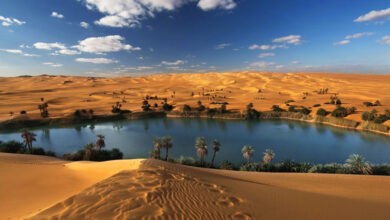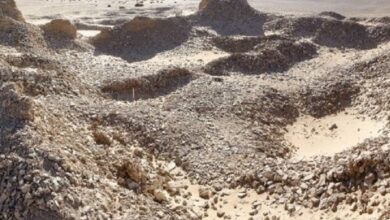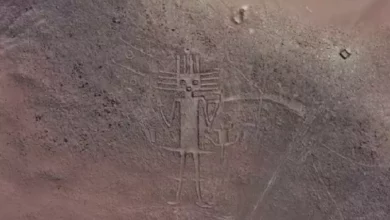The Tenere desert and its unique sands: Facts to know
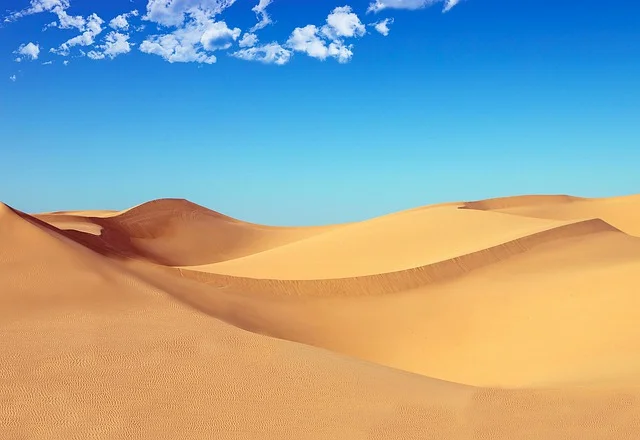
The Tenere Desert is one of the most lifeless tracts of land in the famous Sahara. For this, many call it “a desert in the desert.” It carries sand waves and ripples under the gusts of winds. The latter plays the role of a kind of springboard for grains of sand, increasing their speed of movement.
During the full moon or under the sun’s slanting rays, the dunes take on a magical shape. However, the Tenere Desert is not only made of sand. In an area that is as large as California, there are windswept, rocky plateaus, and unique rock formations.
The desert sands have always hidden an extraordinary bewitching power. They are of interest to scientists for their complex structure and the ability to observe the transition process between geological eras with their own eyes.
Against the backdrop of rocky deserts, dunes can amaze the imagination with their plastic beauty due to the fluidity of the sand. It is thanks to this property that it is used in the hourglass.
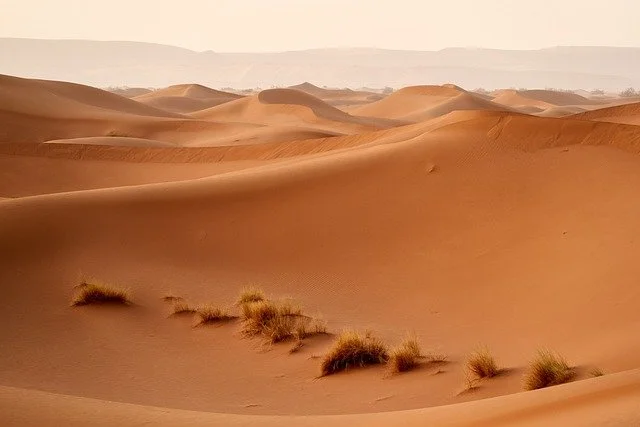
The concept of “fluidity” is inherent in liquids and is a little surprising when talking about the fluidity of sand. This phenomenon is explained by the uniqueness of the shape of the grains of sand, which is an almost ideal sphere.
This shape guarantees minimal contact and maximum voids between grains of sand. Therefore, a pile of sand is a fragile structure that can fall apart at any moment when the inclination of the plane exceeds the limit of stable equilibrium (35 degrees)—the spherical surface results from the activity of winds that constantly drive grains of sand across the desert.
Strong gusts of wind sweep away layers of sand less than a millimeter thick from flat soils, forcing the sand to roll on the ground. Gradually, as they grind, the particles fly faster and further.
Such undulating movements are fascinating to see. Sandstorms carry tens of thousands of grains of sand with a diameter of 100 microns. This site is just perfect for developing top speed in flight.
The wind forms small stripes of several centimeters on the dunes’ surface to ensure the most efficient movement. Grains of sand flies over the strips and bounce off them, which provides a springboard effect. The force of the collision of grains of sand deserves special attention.
It is capable of causing deformation of particles – the impact marks are apparent under a microscope. At the same time, the matte surface of the sand can be seen with the naked eye.
After the collision, the particles ricochet, soar up (almost at right angles to the ground), and are picked up by the airflow. As a result of the decrease in friction and contact with the ground, the travel speed increases dramatically.

After strong blows, the most fragile grains of sand turn into dust and are blown out of the desert by the wind. Thus, large particles are screened out. Small particles are carried away from the ridge of the dunes and are transformed into suspension. As a result of processing by the wind, the grains of sand become “on the pick”: spherical shape (diameter 0.1 mm), matte surface.
Grains differ exclusively in the shade. Initially, the sand is light, then it turns yellow, and then it turns red (particles of clay and iron brought by the wind are introduced into the rough surface of a grain of sand). Therefore, the red color indicates the age of the material.
Each region of the Sahara has its wind regime, which determines the features of sand massifs. In some places, the dunes look like a crescent; in others, they stretch into ridges for several kilometers; in others, they are similar to pyramids. In places where the wind rose is chaotic, the dunes have more bizarre outlines.
The area of such massifs can be measured in hundreds of thousands of square kilometers. Thus, the sands of Rub al-Khali (Arabian Peninsula) exceed the size of France. There is complete monotony here; it may seem that the countless dunes are made from a carbon copy.
The water, brought in by sporadic thunderstorms, completely disappears into the sand. As soon as the temporary channels of water flow dry up, the wind immediately creates new dunes. Sometimes the desert is defeated as the rains can reach the bottom of the sand massifs.
This leads to the formation of small lakes and the birth of life. There have been geological periods when large amounts of rainfall turned the Sahara into a savannah covered with lakes.
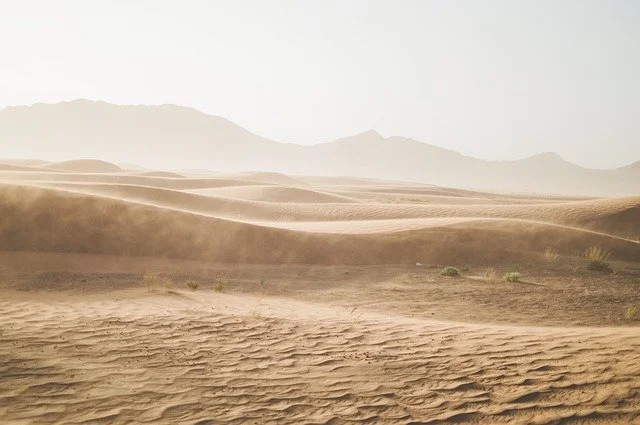
To recover from such a defeat, the desert may take about 20 dry years. For example, in the Sahel zone (southern outskirts of the Sahara), the sands again moved south after an eighteen-year drought (1968-1986).
Winds created the foundation of the Sahara for millions of years, and the desert itself occupies a vast area (5000 km from west to east, 500 km from north to south). If the Sahara does disappear, the sand massifs will preserve the memory of the fantastic place, as the red sandstones of the Colorado canyon do, which perpetuate the memory of the ancient desert that existed here more than 100 million years ago.


